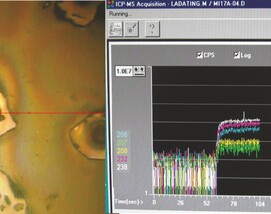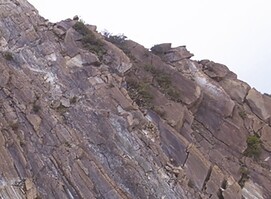Geochronology of the Sanbagawa Belt: Younger and Faster than Before
Recent advances in geochronological studies have helped establish the Sanbagawa belt as an important site for studying metamorphism related to subduction. Application of several dating methods yield the following important results. 1) Metamorphism and deformation related to subduction started ~120 Ma and were complete by ~50 Ma. 2) Subduction to eclogite facies, followed by return to the surface, was rapid and occurred within a few million −1 years or less (at ~89 Ma), indicating exhumation rates of at least 1–2 cm•y−1. 3) The age of the slab during the peak eclogite facies metamorphism was ~60 My. These results help redefine the geological history of SW Japan and provide important constraints for mechanical and thermal models of subduction zones in general.
Geochronology of the Sanbagawa Belt: Younger and Faster than Before Read More »




